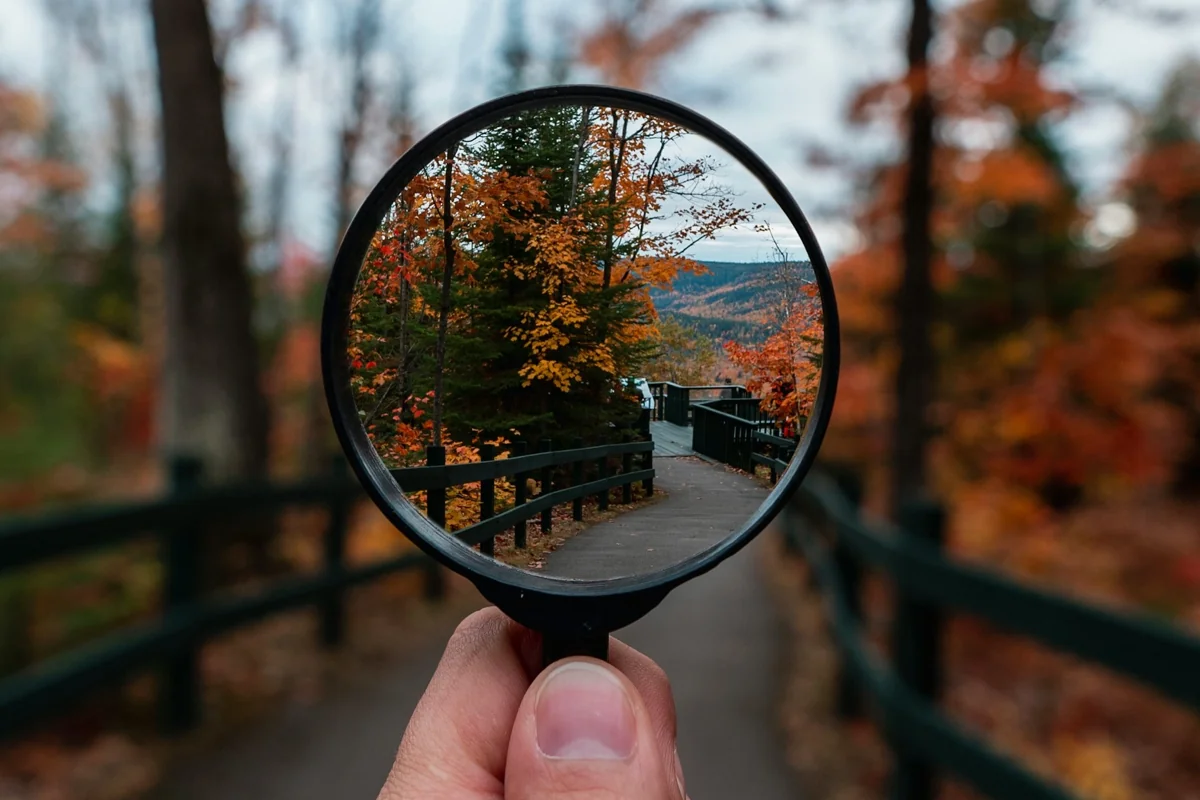
Reporter’s Guide to Investigating Carbon Offsets
Investigations can be conducted on a number of fronts: whether carbon offset projects are valid, who is benefiting, and who is not.
“Carbon offsetting” is a controversial tool in the fight against global heating. Oversight by journalists is essential and has already had a major impact. It’s an important, though not easy, assignment. But there are many stories to be done worldwide, from the local level to the corporate boardroom.
Carbon offsetting is possible when a project that reduces greenhouse gas emissions is turned into a saleable commodity: “carbon credits.” These credits may be used by the purchaser to “offset” their own emissions.
The “voluntary market” of trade in carbon credits grew rapidly, but then hit a rough patch, largely because of questions about the credibility of some of the underlying projects. The voluntary marketplace operates virtually without regulation and with limited transparency, although reforms may be on the horizon. As a result, carbon offsets are increasingly under the microscope. Many opportunities exist for investigative journalism.
Investigations can be conducted on a number of fronts: whether carbon offset projects are valid, who is benefiting, and who is not.
It’s a truly international story and there is potential for collaboration between journali( article continues at Global Investigative Journalism Network )